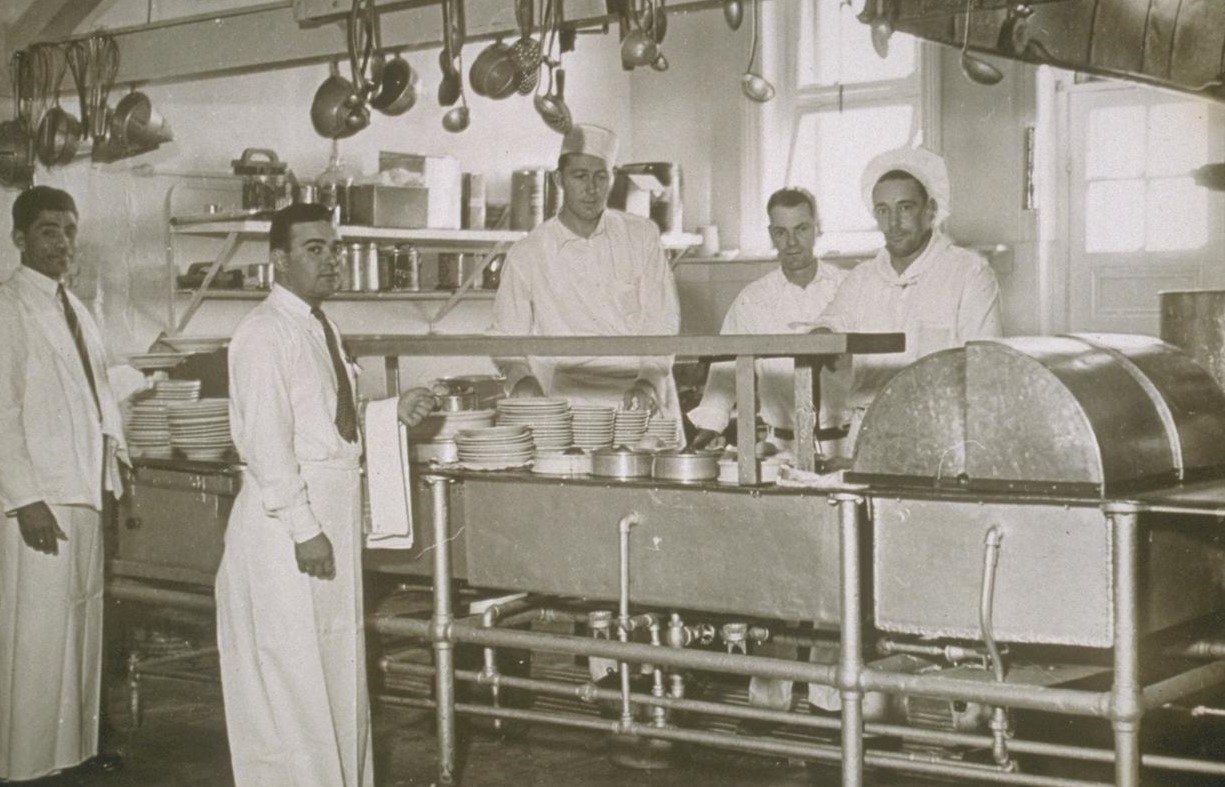Poorly cooked food, a lack of basic standards, and food-borne illness led to the government issuing a standardized food service manual for Civil War soldiers. The pamphlet became a staple on the field and in institutions such as San Quentin.
During Pride in Food Service Week, Inside CDCR looks at this crucial component of rehabilitation through the lens of history.
Food could be as deadly as the battlefield
The headline of a 2016 National Geographic Magazine article sums up the culinary dangers: “If the Civil War Didn’t Kill You, the Food Might.”
Food-related illness included Salmonella and scurvy kept soldiers from the battlefield. More than half the casualties of the Civil War are directly related to illness and disease.
Scurvy, caused by vitamin C deficiency, was the fifth most common reason Civil War soldiers could not march or fight.
“Diarrhea, dysentery, typhoid fever, and food poisoning with bacteria such as Salmonella are direct consequences of unsanitary practices,” according to “Death is in the Breeze: Disease during the American Civil War” by Dr. Bonnie Brice Dorwart (2009). “Unsanitary conditions were common during the war. There are frequent references to the interplay of flies, fingers, feces, and food.”
Making matters worse, soldiers used their cooking pots as their wash basins and laundry tubs, easily spreading bacteria and disease.
“Much of the sickness so prevalent in army camps was a direct result of poor army rations. Diarrhea, dysentery, scurvy, and malnutrition were attributable to the steady diet of fried meat, hard bread, and strong coffee – supplemented on occasion with green peaches and unripe apples. Moreover, (a Union soldier) confessed, ‘the mess pans were used to fry our pork in and also as a wash basin. Our soup, coffee and meat were boiled in camp kettles…which were also used for boiling our dirty clothes,'” according to Virginia Tech history professor James Robertson (1995).
According to the Centers for Disease Control and Prevention, “Pellagra, a classic dietary deficiency disease caused by insufficient niacin, was noted in the South after the Civil War. Then considered infectious, it was known as the disease of the four Ds: diarrhea, dermatitis, dementia, and death.”
Food service standards issued to soldiers
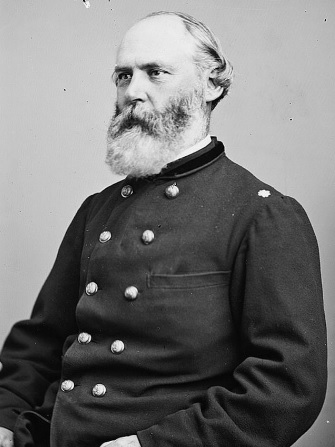
To combat food-borne illness, in 1862 the federal government published “Camp Fires and Camp Cooking: Culinary hints for the soldier.” The book was written by Capt. James M. Sanderson.
More than a list of recipes, the book also taught the importance of basic culinary food safety.
“Cleanliness is next to godliness, both in persons and kettles: be ever industrious, then, in scouring your pots. Much elbow grease, few ashes, and little water, are capital aids to the careful cook,” he cautioned.
“Better wear out your pans with scouring than your stomachs with purging. Dirt and grease betray the poor cook, and destroy the poor soldier. In military life, punctuality is not only duty, but necessity, and the cook should always endeavor to be exact in time. Be sparing with sugar and salt, as deficiency can be better remedied than a (surplus).”
He also wrote about properly cooking food.
“Remember that beans, badly boiled, kill more than bullets; and fats more fatal than powder. In cooking, more than in anything else in this world, always make haste slowly,” Sanderson wrote.
Directors call for free staff to oversee kitchen
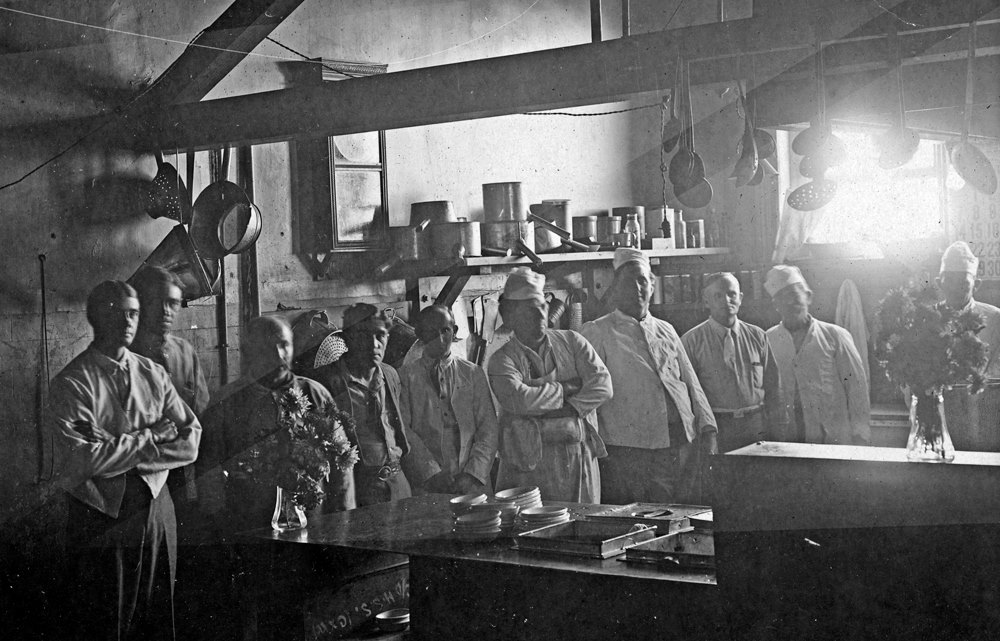
A report of the directors, published in 1868, noted deficiencies in the kitchen. They requested improvements and hiring free staff to run food services at the prison.
“The prisoners are not properly fed. The diet should be more varied (with) the ration fixed and established by law. And the cooking department or kitchen should be under the direction of a free man, instead of a convict as at present,” the report states.
Directors called for an area to be set aside for a proper kitchen.
“(An area should be) appropriated for a kitchen, designed and arranged to provide for the proper cooking of the food,” they wrote.
The directors all took issue with the incarcerated person cooking the food. He had a penchant for skimming fat from the pots and selling it to other incarcerated people.
“At present, everything is boiled; and it is in evidence before us that the prisoner in charge of the kitchen has been in the habit of skimming the fat from the boiled meat and afterward selling the same to prisoners,” the directors wrote.
By 1873, directors were pleased with the new kitchen.
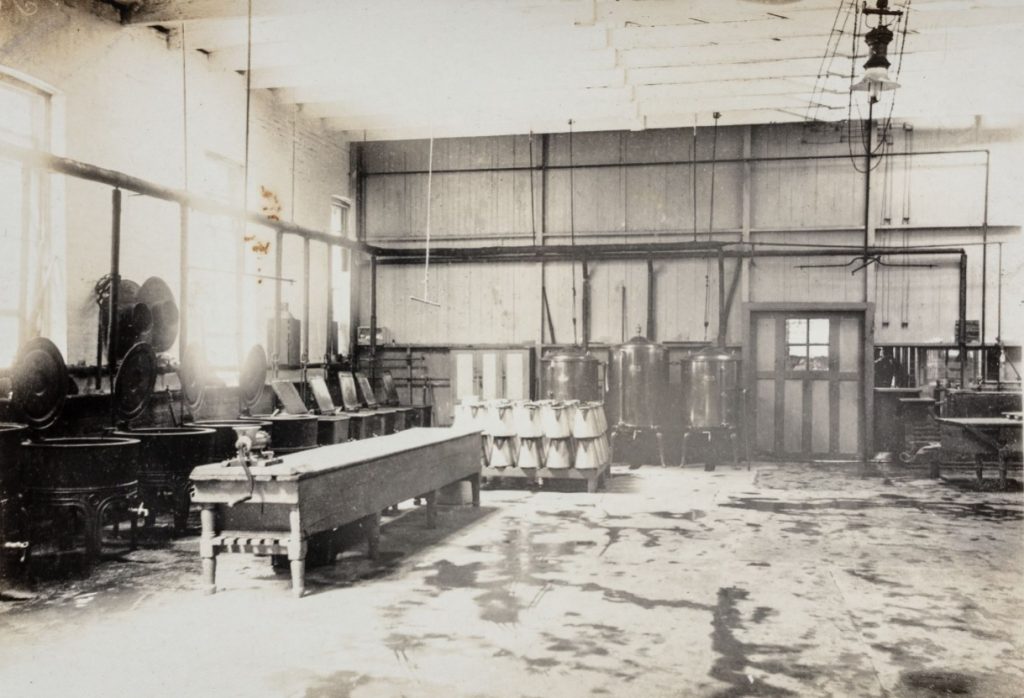
“The appointments are very complete in the bakery department, and the quality of bread is
excellent. Also, the boiling capacity of the kitchen is good, but there is no accommodation for roasting meats. We recommend that a suitable roasting apparatus be built, or a rotary oven be manufactured, whereby the convicts may indulge in roast meats at least two days each week,” they wrote.
After a few riots at the prison were directly linked to the quality of food, the directors took action. They also demanded the kitchen be supervised by a food service professional.
“It is important that the kitchen at San Quentin (be supervised by) an experienced cook, a man who knows food values and how to prepare food for human consumption,” according to an early 1900s report of the State Board of Charities and Corrections. “The same money that is expended for foodstuffs now, could be made to place palatable, well-cooked food upon the tables.”
Since its founding, the state prison system has adapted. Today’s modern food service staff create healthy food for the incarcerated population.
By Don Chaddock, Inside CDCR editor
Explore CDCR food service career opportunities.
Related content:
CDCR’s menu changes emphasize a healthy diet.
Learn more about correctional food service in this 2022 story.
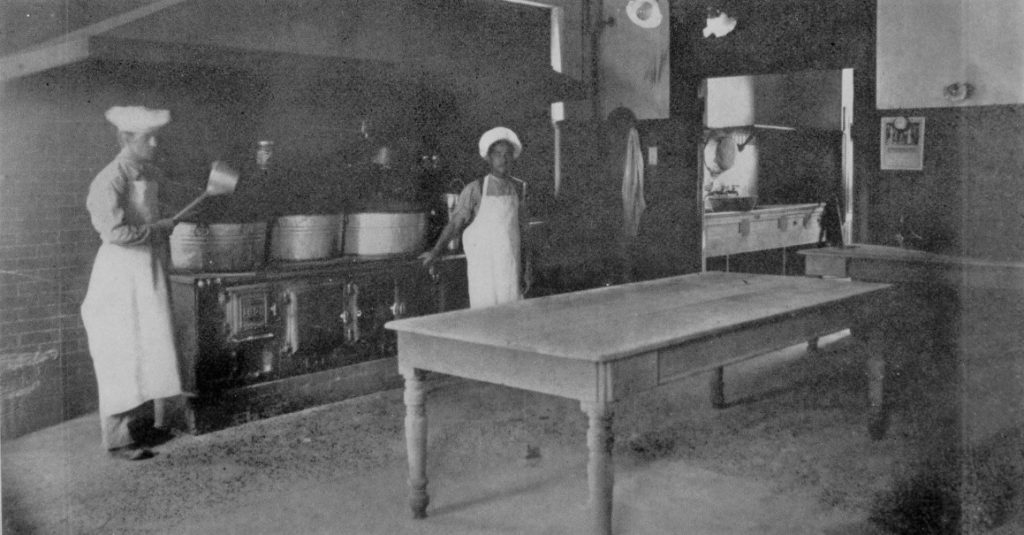
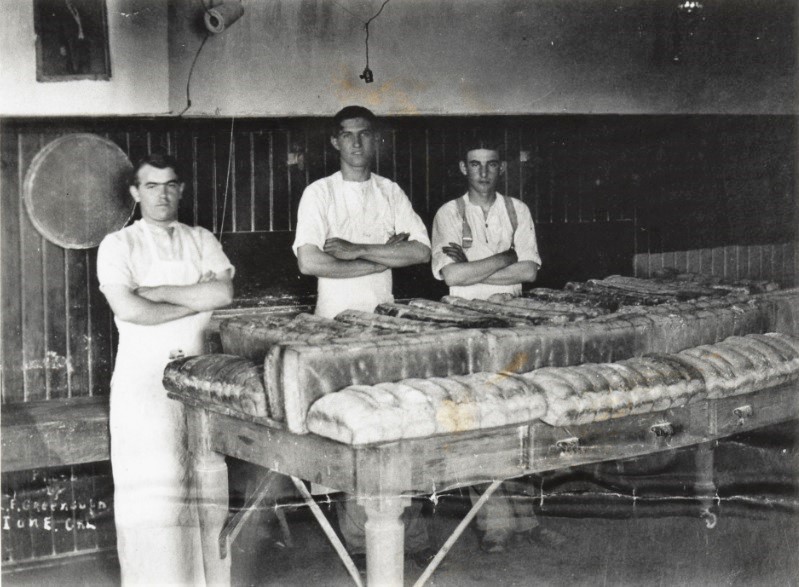
Learn more about California prison history.
Follow CDCR on YouTube, Facebook, X (formerly Twitter). Listen to the CDCR Unlocked podcast.
